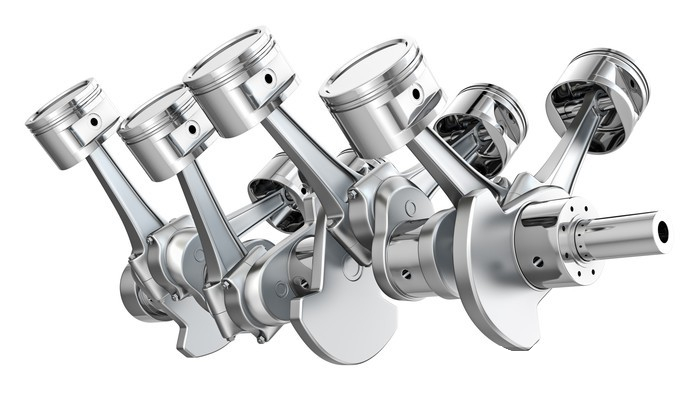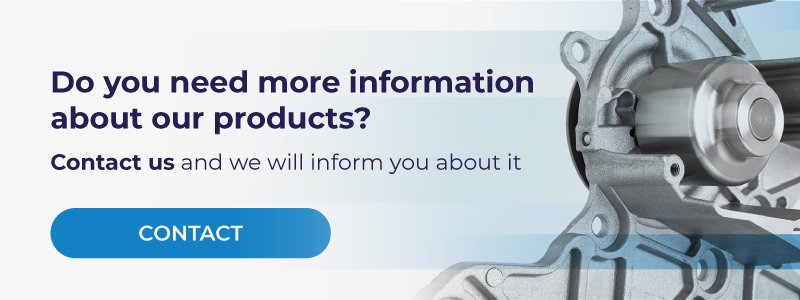What are the main car engine parts? Why is it important to know them? Keep reading to find out!
Vehicles move as a result of the combination of two processes that take place in the internal combustion engine (ICE): the ignition and combustion of the fuel occurs within the engine itself. The engine then partially converts the energy from the combustion into heat and mechanical torque.
In order for this to happen, the engine is made up of several individual components working simultaneously (all essential).
Main car engine parts
This post addresses four of the most relevant main parts of a car engine, starting from the cylinders to the camshaft:
1. Engine block & Cylinders
The engine block is the backbone of the car’s engine, and is often made out of aluminium or iron. It houses almost all the engine’s core components, such as the pistons, the crankshaft and connecting rods, and is divided into three fixed sections: cylinder head, block and crankcase.
Its holes contain the cylinders (4-16 metal tubes, depending on the vehicle type) that, depending on the diameter, determine the engine displacement. Whereby fuel burning happens and piston reciprocates. Some other holes in the engine are the much-needed coolant and oil flow paths, required for cooling and lubrication.
2. Pistons & Crankshaft

The rotational force that is generated on the wheels starts with the movement of the piston. Pistons are in charge of transferring the energy that is created during the combustion cycle and transmitting it to the crankshaft, propelling our vehicles.
Pistons do this by moving up and down inside the cylinders, pushed by the heat and expanding gases. The engine’s crankshaft, which is connected via rods to the pistons, then spins and powers the car’s drive wheels.
This is located in the lower section of the engine block and is designed to convert the piston’s linear (up and down) motion into a rotational and reciprocal motion, working at engine speed.
It is a finely machined component, as it requires very accurate balancing in order to function properly. It has holes to ensure that it doesn’t lose balance while rotating at high speed.
Related content: The fundamental role of the crank sprocket in the timing chain
4. Camshaft
The camshaft is the main body of the engine. Its main role is to regulate the timing of the opening and closing of valves, by pressing the end of the valve stem. Without it, it would be impossible to start the engine.
On the other side, the camshaft absorbs the rotary motion of the crankshaft and transfers it back to linear motion.
Keep reading: Which are the most important vehicle spare parts
The importance of cooling the engine
Although the proper functioning of all the main car engine parts mentioned above will determine the performance of your vehicle’s engine, there are other vital elements for the proper operation of the engine, such as the engine cooling system.
When the engine starts, it can reach high temperatures due to combustion and the constant movement of its components. This, without a correct cooling system to help the engine heat away from the system, could cause the engine to overheat and cause a breakdown, in many cases even being catastrophic for the engine.
Buried under the cover of the timing belt is the water pump, the heart of the cooling system for proper engine operation.
By pushing coolant through the car’s engine block, the heat is able to exit to the outside air. Without it, the engine would overheat and result in failure.
DOLZ provides you the highest quality spare parts for vehicles: water pumps for passenger cars and commercial vehicles, thermostats and timing kits, both chain and belt. Browse through our wide range of products and enjoy a complete experience. Your safety choice since 1934.


